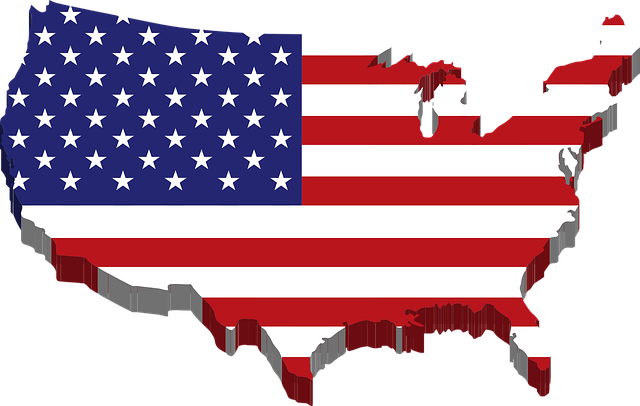The iconic American Eagle and flag are more than just symbols; they represent the rich heritage and values that define the United States. This powerful duo has captivated hearts for centuries, serving as a dynamic duo in art, literature, and popular culture. From majestic landscapes to bustling cities, the American Eagle and flag inspire a sense of pride and patriotism among folks across the nation. In this article, we explore their historical significance, cultural impact, and enduring allure.

The American Eagle and flag are iconic symbols deeply intertwined with U.S. heritage and identity. The eagle, a powerful and majestic bird, has long been associated with the United States, dating back to the Great Seal of the United States adopted in 1782. This symbol represents freedom, strength, and courage—qualities that have come to embody the American spirit. The flag, with its 13 red and white stripes and blue rectangle, carries a similar weight of symbolism, commemorating the original colonies and their struggle for independence. Together, they serve as a powerful reminder of America’s rich history and diverse culture.
These symbols hold immense cultural significance, often evoking feelings of pride, patriotism, and unity among Americans. The American Eagle and flag are frequently used in various forms of art, literature, and media, reinforcing their central role in shaping the nation’s collective consciousness. Their presence can be seen not only on official government buildings but also adorning clothing, accessories, and homes, making them a ubiquitous part of everyday American life.
